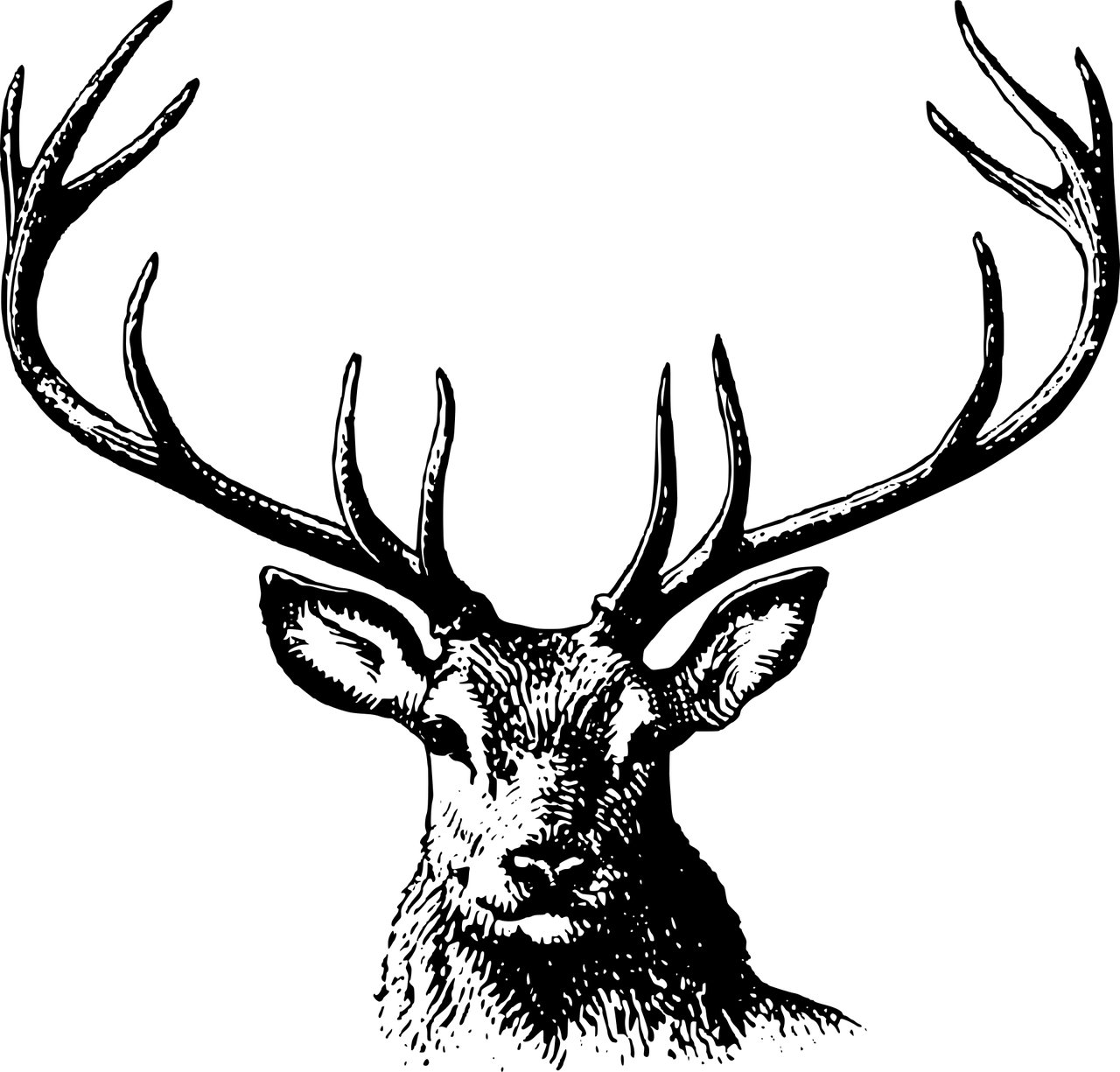Managing for Antler Production: Part 1
The most effective approach to any deer management problem is to identify the biological and social factors that are limiting fulfillment of management goals. These limiting factors should be ranked in order of importance and addressed with management actions, emphasizing the most important limiting factors. Reliance on manipulation of any one limiting factor to increase the prevalence of larger antlered bucks, without understanding its relationship to other important factors dooms many efforts to frustration, if not failure. Antler production is clearly regulated by age, nutrition, and genetics. The solution to most antler production management problems usually incorporates all three factors, with an emphasis on age and nutrition.
The goal of this series of articles is to clarify the basic influences of age, nutrition and genetics on antler development and then discuss how these simple biological principles may interact in the ultimate expression of management success on your property. The outcome should be an appreciation for the fact that significantly improved antler development is the result of coordinated management decisions which integrate a thorough understanding of biological principles adjusted to local conditions.
In this first part of the series, we will look at how age factors in. The first set of antlers typically are grown at 1.5 years of age. However, in Mississippi up to 20 to 30% of buck fawns may develop hardened antlers (usually only hardened buttons) at about 8 months of age. This phenomenon is not usually seen by hunters because it happens after the hunting season. In these cases, nutrition is adequate enough and birth dates are early enough to allow fawns to reach the critical body mass needed to initiate antler growth.
Antler size increases annually, in sometimes dramatic fashion, until maximum antler development is reached at about 5 to 7 years of age. Based on averages of 23 bucks measured through 7 years of age in a Mississippi State University (MSU) study, one-year old bucks grew the equivalent of about 26% of their ultimate maximum gross Boone and Crockett score. The percentage increased each year, to about 63% at 2 years, 77% at 3 years, and 92% at 4 years of age. Using antler weight as a measure of antler size tells a similar story, although with different values. Antler weights were 10% at 1 year, 44% at 2 years, 71% at 3 years, and 80% at 4 years of age. These particular animals developed maximum antler size at 5 years of age, but many do not reach full potential until 6 or 7 years. Bucks consuming less than optimal forage quality would be expected to reach their maximum antler size at an older age and would be more susceptible to annual variation in forage quality.
In the next installment we will see how nutrition can affect antler growth.
James L. Cummins is executive director of Wildlife Mississippi, a nonprofit, conservation organization founded to conserve, restore, and enhance fish, wildlife, and plant resources throughout Mississippi. Their web site is www.wildlifemiss.org.

